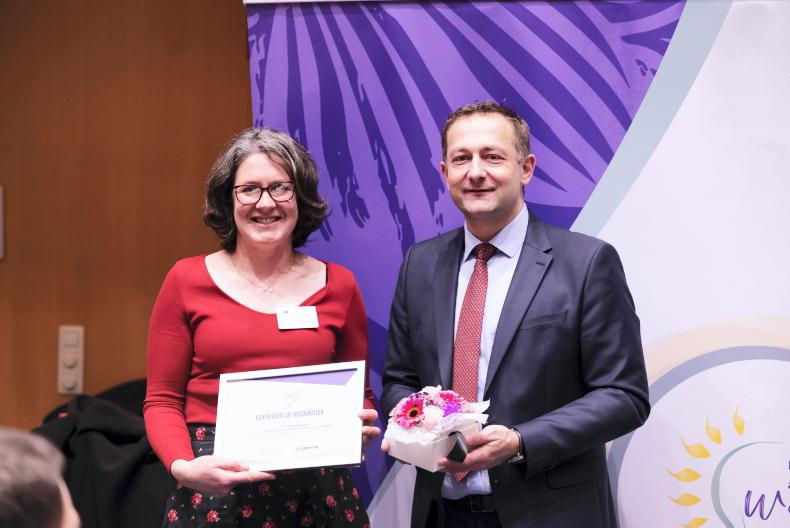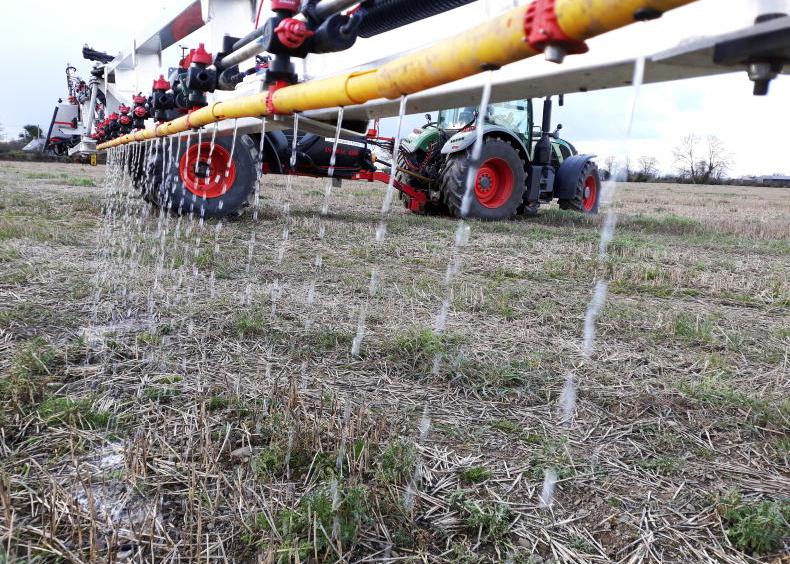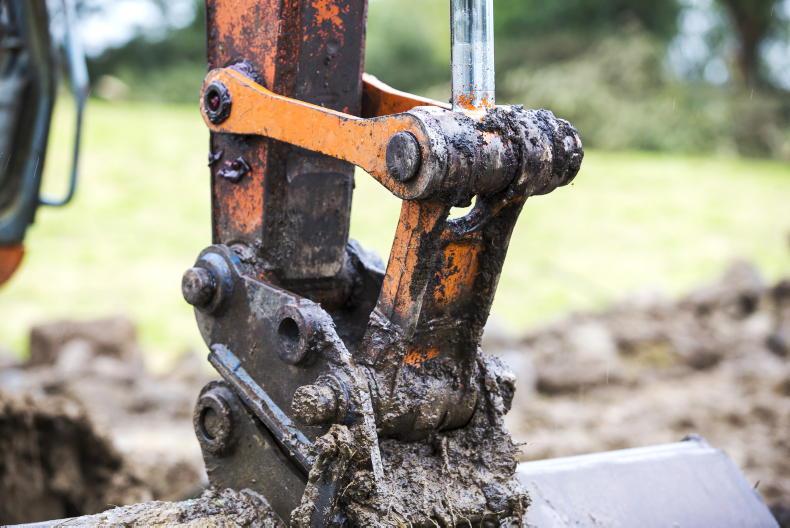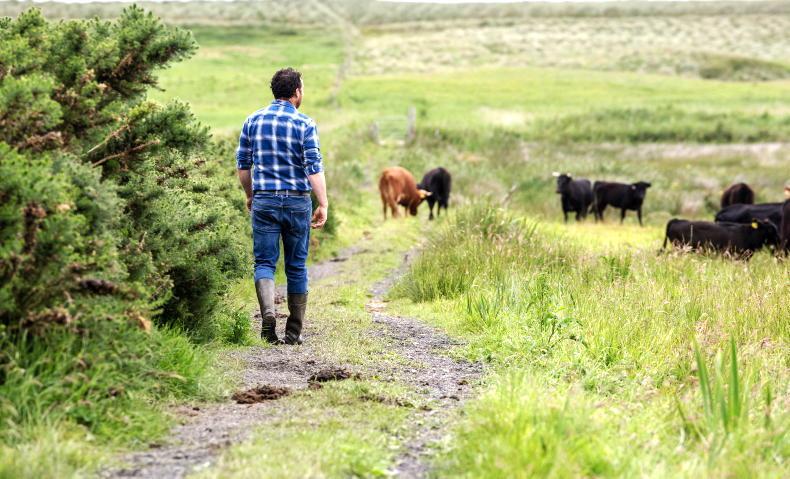Habitat protection and rehabilitation measures proposed in the European Commission’s nature restoration law are expected to cost Ireland €134m each year from 2022 to 2050, the Irish Farmers Journal has learned.
The proposed law will place legally binding and habitat-specific nature restoration targets on member states in a move which will see more Irish farmland coming under designated status, and those with existing designations possibly facing further restrictions to their farming activities.
The Commission expects that meeting Ireland’s grassland restoration targets will cost €21.8m annually, while peatland restoration measures which will see over 100,000ha of drained, farmed peatlands rewet has been estimated to cost some €11.3m each year.
These restoration costs would include, for example, the funds needed to block drains on farmland, re-establish suitable peatland vegetation and maintain the water levels in rewetted farmland.
For grassland habitats, restoration measures suggested by the Commission include the establishment of buffer strips, field margins with native flowers and the maintenance of habitat corridors.
The impact assessment of the restoration law states that the measures required will be mainly carried out by private landowners and that: “Incentive payments and opportunity costs can be compensated through EU, national, regional, local and private funds”.
The costs cited in the impact assessment were based on restoration targets of 15% of ecosystems being restored by 2030, 40% by 2040 and 90% by 2050.
Benefits
The Commission also estimated the benefits of these nature restoration measures to Ireland’s ecosystem services, with its evaluation equating to a combined €1.9bn in ecosystem services annually, documents seen by the Irish Farmers Journal suggest.
The impact assessment estimated the ecosystem benefits of restored peatland and grassland habitats will come to €76m and €144m yearly for these two respective ecosystem types.
Some benefits of these restoration measures listed in Commission documents were carbon storage, improvements to water quality, lower flooding risks and better biodiversity.









SHARING OPTIONS